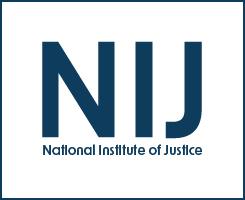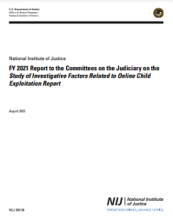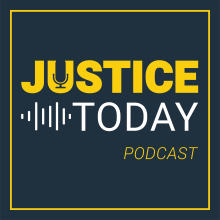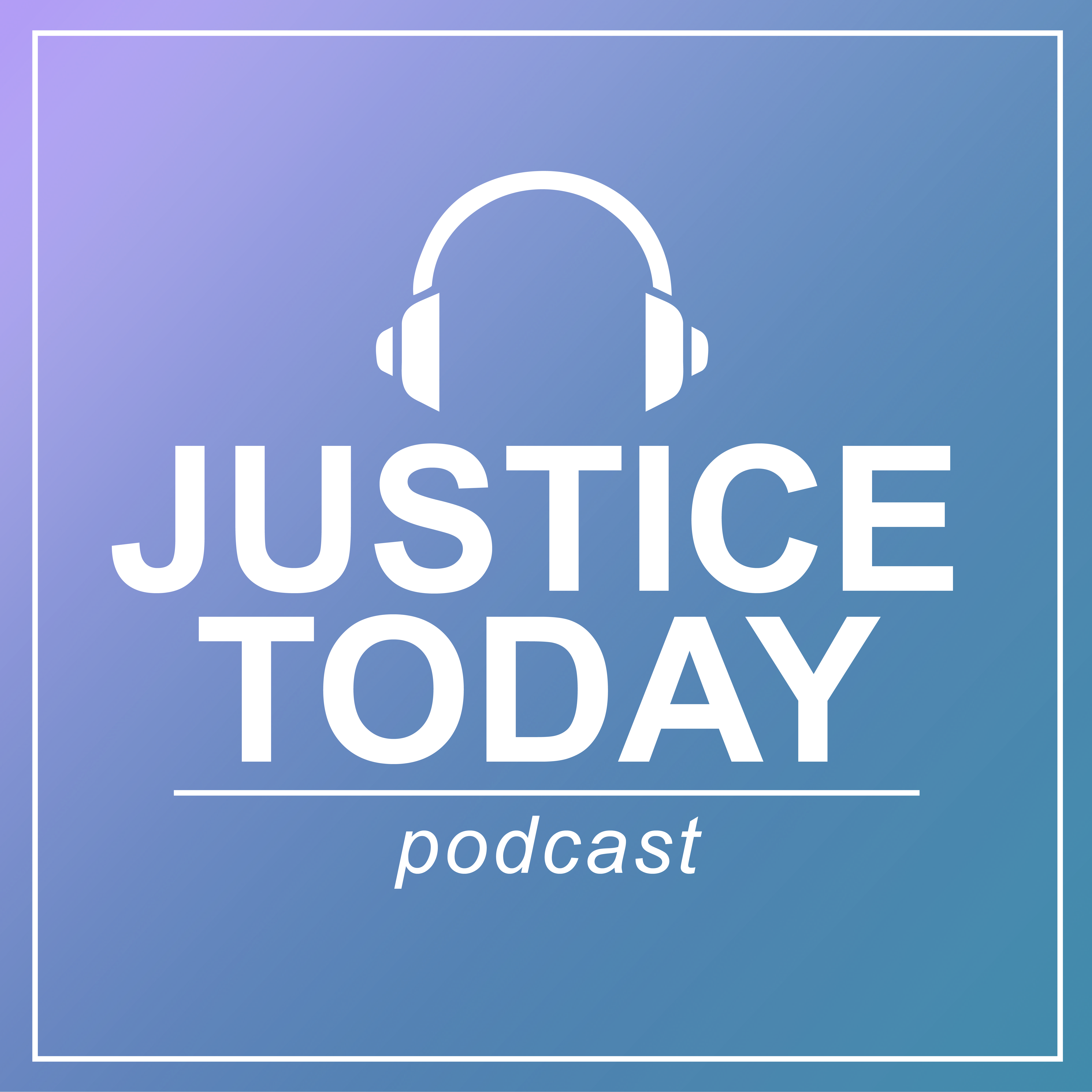Victimization
Crime Victims with Developmental Disabilities: Report of a Workshop
ABCD Social Development (ABCD-SD)
The Impact of Brain Injury Services in Domestic Violence Cases: A Randomized Control Trial
Safe Transitions for Teens: Assessing the Impact of Intimate Partner Transitional Housing on Adolescent Residents
FY 2021 Report to the Committees on the Judiciary on the Study of Investigative Factors Related to Online Child Exploitation Report
Gun Wars and Community Terrorization: Investigating Longitudinal Gang Violence in New Jersey from a Networked Perspective
Tribal Crime, Justice, and Safety (Part 2)
Tribal Crime, Justice, and Safety, Part 2
Stacy Lee Reynolds and Christine (Tina) Crossland continue their discussion of tribal crime, justice, and safety, including how Native American persons experience crime victimization at higher rates than non-Native people and the jurisdictional complexities in responding to tribal crime, justice, and safety. Read the transcript.
Listen to the first half of Stacy and Tina’s discussion.
Reading and Resources from NIJ
Tribal-Researcher Capacity Building Grants
Tribal Crime, Justice, and Safety
Tribal Crime, Justice, and Safety, Part 1
Research indicates that Native American persons experience crime victimization at higher rates than non-Native people. Furthermore, the unique position of American Indian and Alaska Native tribes as both sovereign nations and domestic dependents of the U.S. creates jurisdictional complexities in responding to crime, justice, and safety. Senior social and behavioral scientist Christine (Tina) Crossland discusses NIJ’s research on these topics, especially on the prevention of violence towards American Indians and Alaska Natives. Communications Assistant Stacy Lee Reynolds hosts.





